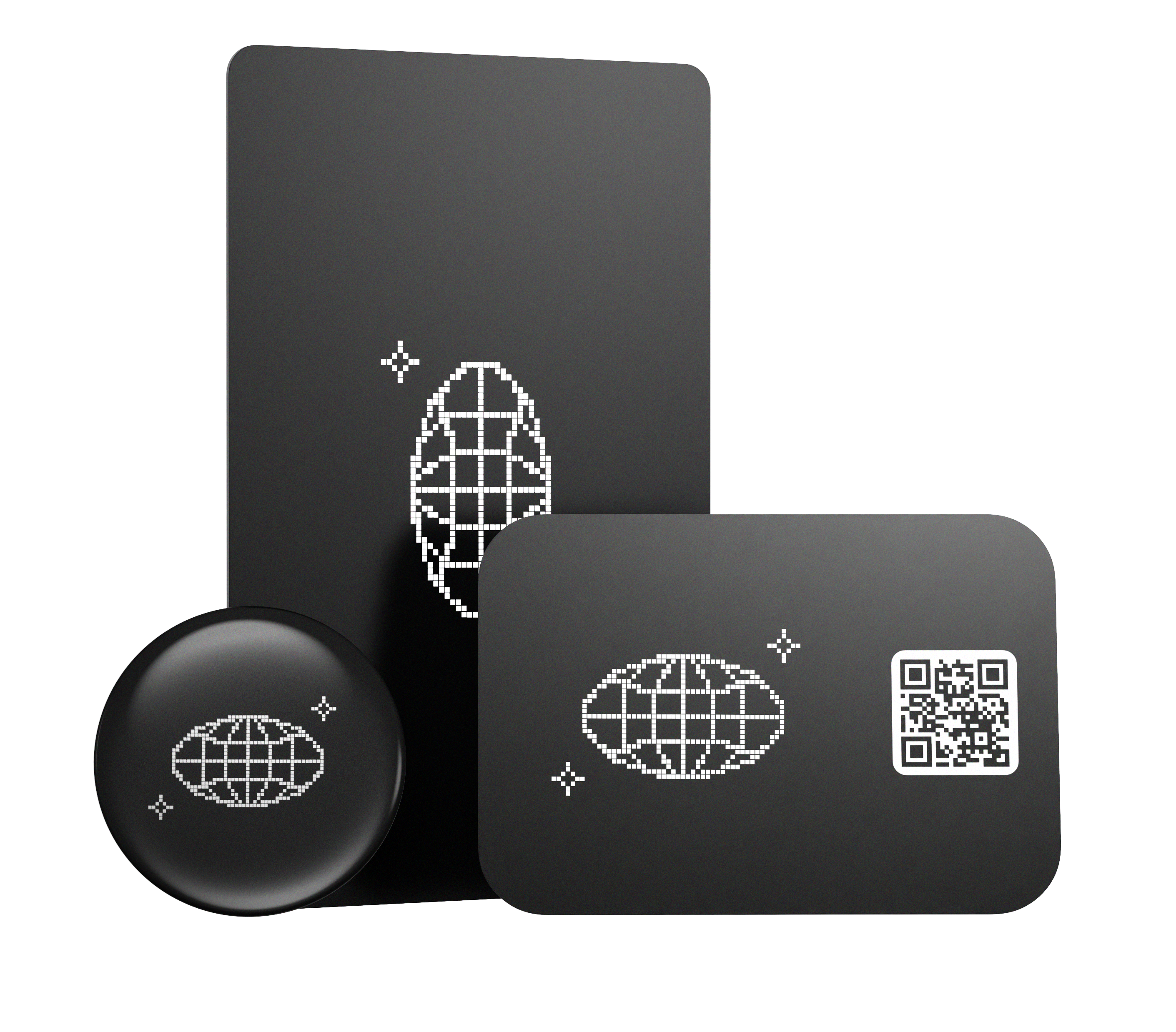Effective workplace communication is essential for building strong relationships, avoiding misunderstandings, and achieving business goals. However, it's easy for communication to break down in a fast-paced corporate environment, especially when people have different communication styles or are working remotely.
The Problem: Communication Issues
Imagine you work in a large corporate office, and you're responsible for managing a team of remote workers. You've noticed that communication between you and your team members has been a bit shaky lately, and you're not sure why. You're finding it hard to connect with them, and they don't seem to be responding to your messages in a timely manner. You're worried that this is affecting productivity and morale, but you're not sure how to fix it.
The Solution: Tips and Strategies for Improving Workplace Communication
1. Listen actively: It's not just about hearing
Active listening is an essential communication skill that can help you build trust and respect with your colleagues, improve understanding, and avoid misunderstandings. To listen actively, try to avoid interrupting the speaker or thinking about your response while they're speaking. Instead, ask questions to clarify your understanding and show that you're interested in what they're saying.
2. Use simple language: Cut out the jargon
Using jargon or technical terms that your colleagues might not understand can be a barrier to effective communication. Instead, use simple language that everyone can understand. Get to the point quickly and avoid negative or confrontational language that can cause misunderstandings or conflicts.
3. Choose the right communication channel: Not all channels are created equal
Choosing the right communication channel is crucial for effective communication, especially when working remotely. Depending on the situation, you might use face-to-face conversations, phone calls, emails, or instant messaging. Face-to-face communication is ideal for important discussions or when you need to build rapport with someone. Emails are useful for sharing information or providing updates, but they can be misinterpreted. Instant messaging is great for quick questions or casual conversations. Consider the context, the urgency, and the type of message you're trying to convey when choosing a communication channel.
4. Use nonverbal communication: Your body language speaks volumes
Your body language, tone of voice, and facial expressions can convey a lot of information, even when you're not saying anything. To communicate effectively, make sure your body language is open and welcoming, maintain eye contact, and use appropriate facial expressions. Your tone of voice should match the message you're trying to convey.
5. Avoid distractions: Give your colleagues your full attention
Distractions can be a major barrier to effective communication, especially when working remotely. When you're having a conversation with someone, try to give them your full attention. Avoid checking your phone or other devices, and find a quiet place to talk if you're in a noisy environment. This shows that you value the other person's time and opinion, and it can help to prevent misunderstandings.
6. Provide feedback: Be constructive and specific
Feedback is an essential tool for improving workplace communication, especially when managing remote workers. When you receive feedback, listen carefully and consider the other person's perspective. Avoid becoming defensive or dismissive. When you provide feedback, use constructive language, be specific, and focus on behavior rather than personality. Provide suggestions for improvement and be willing to work together to find a solution.
7. Build relationships: Get to know your colleagues as people
Building relationships is the foundation of effective communication in the workplace, especially when managing remote workers. Take the time to get to know your colleagues, find common ground, and build rapport. This can help to build trust and understanding, reduce misunderstandings, and improve communication. You might consider scheduling regular check-ins or team-building activities to build relationships and promote open communication.
Applying the Tips and Strategies
Now, let's apply these tips and strategies to the problem of remote team communication issues that we mentioned earlier. If you're finding it hard to connect with your remote team members, try using video conferencing instead of email or instant messaging. Video conferencing can help to build a stronger connection by allowing you to see each other's facial expressions and body language.
You could also take the time to get to know your team members as individuals by asking about their interests or hobbies. This can help to build rapport and strengthen relationships, which can improve communication and boost morale. By using these strategies, you can improve communication, build stronger relationships with your team, and achieve better results.
By listening actively, using simple language, choosing the right communication channel, using nonverbal communication, avoiding distractions, providing feedback, and building relationships, you can improve communication in the workplace and achieve better results. By applying these tips and strategies to real-world problems, such as remote team communication issues, you can build a more productive, efficient, and positive workplace culture.










































